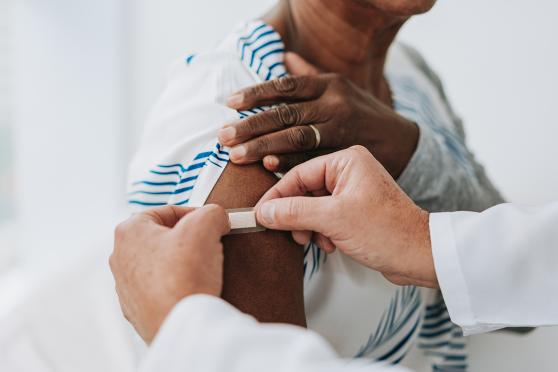High blood pressure: What you need to know
It’s a condition with few symptoms, but major health impacts. Use these tips to manage your blood pressure — and protect yourself.

High blood pressure is called the “silent killer” for good reason. It often has no obvious symptoms. And though nearly half of Americans have high blood pressure, most are unaware, according to the American Heart Association (AHA).
Why does this matter? Untreated high blood pressure can lead to a host of serious conditions, including heart attacks, vision loss, stroke, and kidney disease.
The best way to know your risk: Have your blood pressure checked. A healthy reading is less than 120/80 mm Hg, according to the AHA. The top number measures the pressure in your arteries when your heart beats. The bottom number measures the pressure in your arteries between heartbeats. Ask your doctor what’s normal for you.
How often you need to be screened will depend on whether you have high blood pressure and if the condition runs in your family. If your blood pressure is normal (below 120/80 mm Hg), the AHA recommends you be screened at least once every two years. If it’s higher, your doctor may want to check it more often.
High blood pressure can’t be cured. But you can manage it and live a full, healthy life. In addition to medications, your doctor might suggest lifestyle changes, like these:
- Stay at a healthy weight. Excess weight can put a strain on your heart. Talk to your doctor about what your target weight should be and discuss how to break that goal down into action steps.
- Fill your plate with wholesome foods. A diet low in saturated fats and sodium, and high in fiber, is good for your heart. Go online or to the library to find out about the DASH diet, which can lower blood pressure. Snack on fruits and limit added sugars.
- Be active. Movement is good for your whole body — both physically and mentally. It helps control blood pressure, too. The goal is to be active for at least 30 minutes a day. Start gradually; take a brisk walk or use the stairs. Every bit of movement helps.


